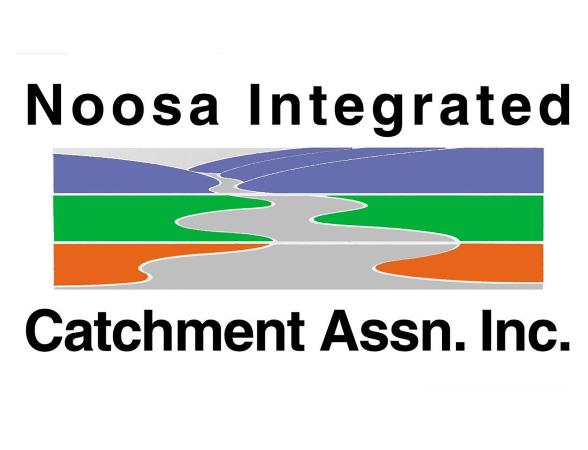During the UWG garden visits, we talk a lot about local native plants and how they best provide for our local wildlife. Water sources are usually mentioned and can be just as important as food sources in the drier weather.
There are also other ways we can help animals that doesn’t involve food or water. Nest boxes have been covered before and this link (Nest Boxes. Filling a gap in Habitat. Protection of the natural environment to achieve a sustainable future for the Noosa River and surrounding Biosphere environment.)has some good information. Our October workshop will be about Nestboxes and habitat, so keep an eye out for that one to be held on Saturday 26 October.
Timing of pruning can affect the number of animals that can make use of a plant. Pruning plants in our gardens is often necessary for safety and can promote a second or more compact flowering. The textbooks will advise to prune after flowering. However, this will not allow fruits or seeds to form and that means the animals that eat them can’t benefit from these plants. So where possible allow plants to go through the full cycle before pruning.
Fencing can also be a problem for our wildlife. Barb wire fences are detrimental to bats, kangaroos and wallabies. It will not always be possible to remove all barb wire fencing, but taking away the bottom strands can facilitate the movement of many native animals. Also, any fences that touch the ground will lock animals in or limit movement through the area. Small gaps will be used by lizards and any ground dwelling animals. Have a look at the fencing around your property and see if any changes can be made to help the movement of wildlife.
Weeds that kill have been covered before but a reminder to keep a look our for Dutchman’s Pipe that kills the Richmond Birdwing butterfly, Cocos Palms that harm bats and the Velcro Plant that harms small frogs.
Unfortunately, many animals are killed on our roads and they are generally moving more in spring with breeding season. This article has a list of Wildlife carers to call for injured wildlife in the unfortunate event that an accident happens: Helping the animals Protection of the natural environment to achieve a sustainable future for the Noosa River and surrounding Biosphere environment.
Michelle Newell





